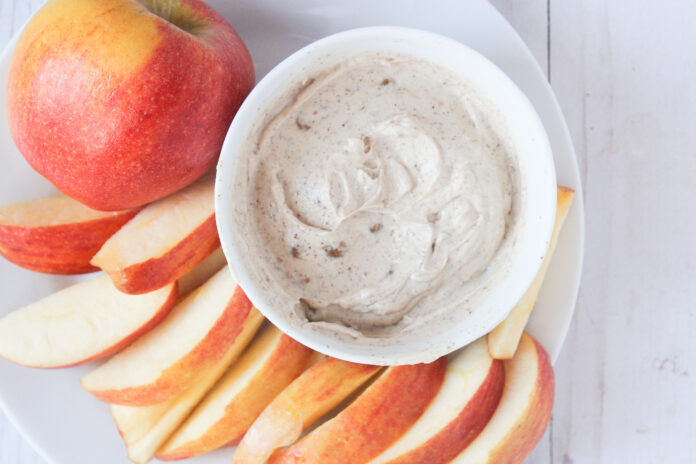By United Supermarkets Dietitian Team
United Supermarkets’ Lifestyle Desk
As many know, the 2022 Winter Olympics in Beijing just finished up in February and the next set of olympics will begin in Summer 2024. While this is a ways away, those athletes training take no breaks.
While watching Olympic athletes win medals for their countries, one has to wonder how Olympians train to become peak performers in their chosen sport. More importantly, what nutrition plan do they follow to perfectly supplement their training? And can non-athletes apply these skills to their own routines in order to simply improve their health and fitness? As it turns out, training like an Olympian is all about balance and individualization.
Training is individualized to the sport and individual
Just like an accountant would not train for their job the same way a barista would, Olympic athletes must train for their sports in an individualized fashion. Each sport focuses on different skills.
Olympic runners take on a whole-body approach to their training. While running does require strong hip flexors, quads, glutes, and hamstrings, runners also must focus on the upper back. On the other hand, Olympic weightlifters focus more on dedicating time to building up the lower body as well as building foundational strength, muscle size, and fixing any muscle imbalances. Gymnastics focuses on core strength, while fencing focuses a lot of energy on reaction time. The outcome is a training plan individualized to each sport and to each individual within that sport.
Cross-training
For Olympic athletes, cross-training is just as important as training for their specific sport. Cross-training, which is incorporating different types of workouts into your exercise routine while training for a specific sport, can help improve strength, endurance, agility, and speed, all while decreasing the risk of overuse injuries and sprains. Furthermore, cross-training helps work muscles that might otherwise be neglected by the Olympian’s sports. Incorporating cross-training into your weekly routine can help you become a more well-rounded athlete. For example, if you often lift weights, it might be beneficial to hop on a stationary bike or elliptical a couple times a week.
Active recovery at least once a week
Recovery is important for any Olympic athlete or anyone who enjoys exercising regularly. Olympic athletes often take at least 1 day of active recovery per week. Active recovery does not include sitting on the couch all day. Instead, active recovery is choosing a type of exercise that is not too strenuous to perform during your rest day. This might include taking a walk, going for a swim, going for a hike, or doing yoga. Any type of movement that is not too strenuous could be considered for an active recovery day.
Recovery after each training session
Olympians make sure to take active recovery days at least once per week, but what about recovery for the rest of the week? Just like training is individualized, recovery methods are also. Depending on what works best for them, an Olympic athlete may participate in basic stretching, soft tissue massages, chiropractic treatments, thermal or cryotherapy, foam rollings, sports massages, and/or hot or ice baths. The method of recovery really depends on the individual.
One thing they all have in common though, is that each athlete makes sure to recover often and well. After your workouts, find a recovery method that is best for you and makes you feel the best.
Sleep
While recovery during waking hours is important, how your body recovers while not awake is just as, if not more important. Most of the body’s recovery happens during sleep.
Sleep helps repair and regenerate muscle tissue, while a lack of sleep can decrease a person’s production of growth hormone, essentially decreasing muscle growth and energy production. Sleep also affects how an athlete can perform mentally. Sleep deprivation can alter reaction time and lead to poor judgements, which increases injury risk.
To sleep like an Olympian, make sure to clock at least 8 hours of sleep per night.
Nutrition
It would be easy to think that Olympic athletes have a super specialized diet that helps them reach peak athleticism. However, it’s really more about balance and sticking to simple, whole foods.
While the energy needs are dependent on the training and athletic demand of the sport, most Olympians simply eat a well-balanced diet of proteins, fats, fruits, veggies, and grains. Olympians tend to eat frequently in order to remain fueled for their training sessions and prevent binging due to hunger.
Olympic athletes understand the importance of proper hydration and make sure to drink the necessary amount of water and electrolytes. Pre- and post-workout nutrition also should not be neglected. Before a workout, it is important to fuel with carbohydrates for shorter workouts, or fats, proteins, and carbohydrates for longer workouts.
After a workout, it is important to refuel with carbs, protein, liquid, and electrolytes. Chocolate milk is a good option that many athletes use as a post-workout snack. This snack should then be followed up with a meal that contains a balanced blend of protein, fats, and carbohydrates. Finally, most Olympians simply try to eat intuitively and make informed food choices in order to make sure that they are properly fueling their bodies.
Peanut Butter Yogurt Dip
INGREDIENTS
1 cup fat free Greek yogurt
1/4 cup creamy peanut butter
1 Tbsp honey
1/4 tsp cinnamon optional
Red and green apples sliced, for serving
DIRECTIONS
1. In a small bowl, stir together the Greek yogurt, peanut butter, honey and cinnamon until no lumps remain.
2. Transfer to a smaller serving bowl and serve with apples or any other fruit.




